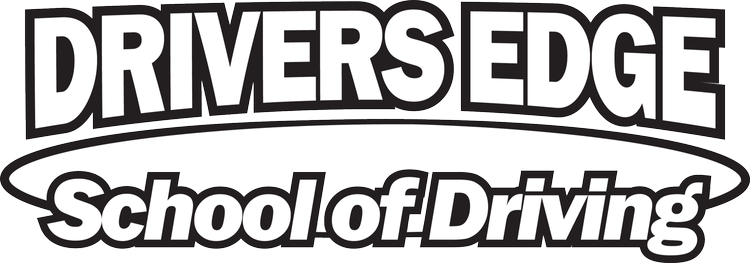“Random Occurrences: Brake Failure”
In this new blog series, we will look at driving occurrences that may not happen every day or even every year but would be helpful to know if you ever get in the situation. This week, we will look at what to do if your breaks fail as you are driving.
Brakes and braking are a crucial component and skills to one as they are driving. Hopefully, on rare occasions, the brakes can go out. There may be a brake fluid leak, the brakes or calipers are so worn that they do not work, or they may get too hot when going down steep hills. Proper upkeep will help prevent your brakes from failing, but what steps should you take when brakes fail?
1: Don’t Panic- In every situation of driving you want to be under control and calm, especially in stressful situations. Staying calm will allow you to reason and take smart quick actions. Remain calm and follow the following steps.
2: Try the Brake Again/ Pump the Brakes- Most vehicles today have a dual braking system, which controls your front and rear brakes independently. Both halves of the system would have to fail for your car to lose all braking power. Halving half the braking power is a strange and uneasy feeling, but you should still have enough power to stop. Apply this pressure firmly with caution and consistency.
3: Downshift- If it is possible, downshift your vehicle. By doing this, you will be engine braking. This is possible for manual cars or cars with padel shifters. Without your foot on the accelerator reduce the gear that your vehicle is in. Go in a sequential order and do not attempt to make big jumps.
4: Apply the Emergency Brake- Carefully pull the emergency brake. The emergency brake uses a different system than your normal brakes so it may be able to stop your vehicle. Grip the steering wheel tightly and slowly apply the emergency brake to avoid skidding.
5: Swerve-Slowing down by friction from air and rolling resistance takes time and distance. Swerving under control will allow to increase the time and distance between you and potential impacts. At high speeds, it can be easy to lose control of the vehicle when you swerve too aggressively.
6: Use the Guard Rails- Only use this as a last resort. Guard rails are designed to safely stop out-of-control vehicles. If you choose this method, grip the steering wheel firmly, brace for impact, and smoothly drive into the guard rail.
7: Do not turn the car off- In a panic you may think to turn off the car. This is not a good idea. This will not help slow down your vehicle. It will turn off vital vehicle functions like power steering which will make it harder to go where you want to go.
8: Stop in a safe location- If possible, safely get the car to stop in a safe location out of traffic. Turn on your hazards and keep yourself in the safest place possible.
9: Call a Tow Truck- Do not attempt to drive again without getting your vehicle properly checked and fixed by a professional. This will require you to call a towing service to move your vehicle to your designated location.
Braking failure sounds like and is a scary ordeal, but with modern technology total failure is unlikely. Knowing how to stop your vehicle with limited braking power is a crucial driving skill that we hope you never have to perform, but if you remain calm and perform the tips above you should have a better chance of a favorable outcome. Prevention of brake failure is the suggested method, however. So it is recommended that drivers frequently check and maintain their braking systems.
